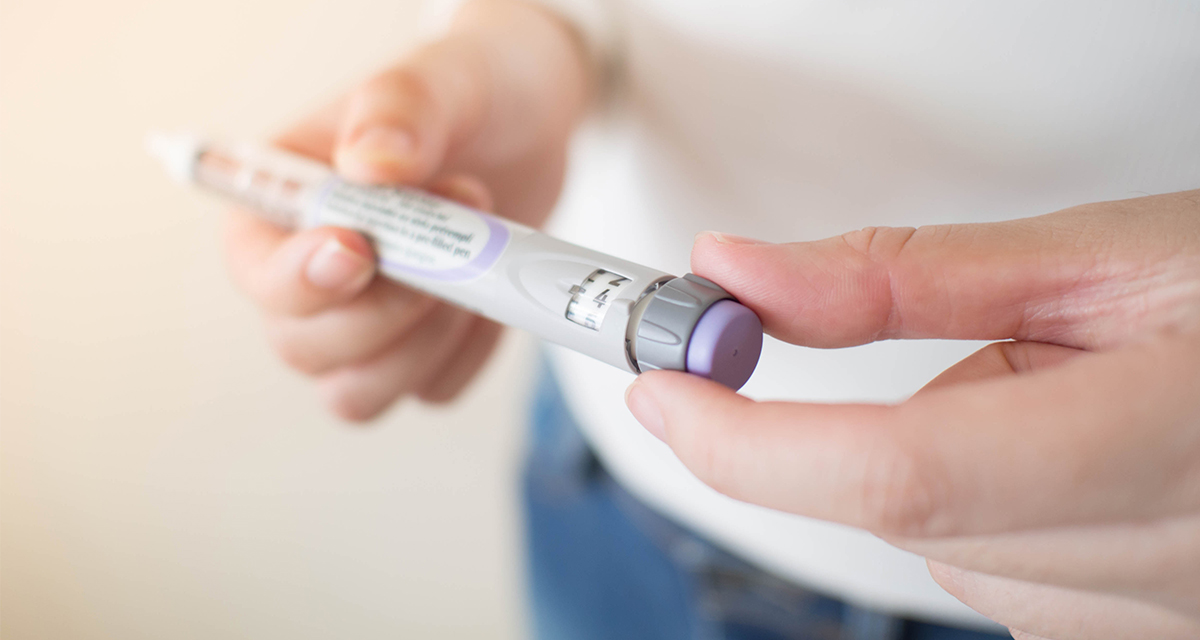Most patients with type 2 diabetes require insulin injections at some point due to the expected progression of their insulin deficiency. However, the number of units that they need per day varies.
Sometimes, people mistakenly think that their diabetes is getting worse when the amount of daily insulin they need increases. But that couldn’t be further from the truth.
During the first few years of insulin therapy for type 2 diabetes, insulin requirements rise steadily. This does not mean that the patient is doing something wrong. This is something we expect to happen. The pancreas fails to secrete insulin in a gradual way, and thus the doses of the insulin injected need to compensate by rising during the first few years.
Once the pancreas has become overtly deficient in secreting insulin, similar amounts need to be injected to keep glucose at healthy levels. Note, however that insulin needs are highly individual. Some individuals require less than 50 units per day and some more than 500. Since we cannot predict how much insulin the patient will eventually need, we start with a low dose, and we gradually increase the dose over time.
Needing more insulin is not worse than needing less. What matters is that a sufficient dose is given to maintain healthy glucose levels. The only side effect of insulin is the possibility of hypoglycemia – low blood sugar. But if you need more insulin per day, a higher dose does not increase the chance of developing a severely low level of glucose (also known as severe hypoglycemia).
It is important to understand that insulin requirements never reach a steady state. In other words, insulin needs never cease to change.
In people who do not have diabetes, changing insulin needs are seamlessly managed by the pancreas. People with diabetes who inject insulin must replicate what is naturally done by the pancreas. Therefore, injected insulin doses need frequent adjustments, ideally at least on a weekly basis.
Most patients who use insulin for their diabetes do not have access to a means of frequent adjustment. That’s because dose adjustments usually occur in a physician’s office. As a result, many people with type 2 diabetes continue to live with high glucose levels and suffer from life threatening complications.
To make insulin therapy work effectively and safely, frequent adjustments of doses are needed. Thankfully the technology exists to automate the process. For patients with type 1 diabetes, an insulin pump provides what we call a closed-loop system. For patients who give themselves insulin injections, d-Nav will automatically adjust their insulin doses.


